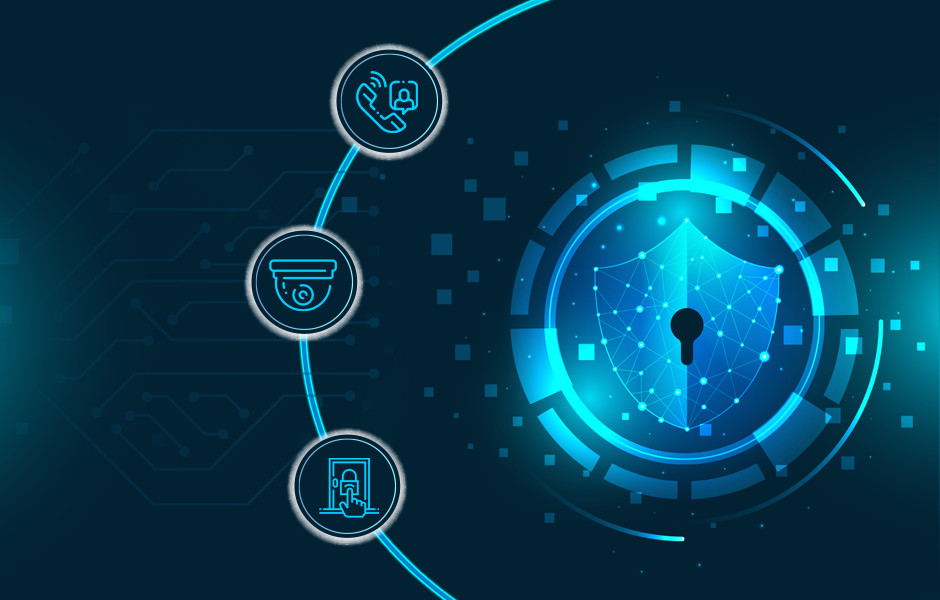In an ever-evolving landscape of threats and risks, ensuring the safety and security of individuals and assets has become paramount. Security system services play a pivotal role in safeguarding against various dangers, ranging from physical intrusions to cyber attacks. With the advancement of technology and the complexity of modern security challenges, optimizing protection for every situation requires a comprehensive approach that integrates cutting-edge solutions with strategic planning and expert implementation. One of the key aspects of effective security system services is risk assessment. Understanding the specific threats and vulnerabilities faced by an organization or individual is essential for designing a tailored security strategy. This involves evaluating factors such as the nature of the environment, potential points of entry, valuable assets, and potential adversaries. By conducting a thorough risk assessment, security professionals can identify areas of weakness and develop targeted solutions to mitigate risks effectively. In today’s interconnected world, cyber threats pose a significant challenge to security. From data breaches to ransomware attacks, the consequences of cyber incidents can be severe and far-reaching.

Therefore, integrating robust cyber security measures into security system services is crucial. This includes implementing firewalls, encryption protocols, intrusion detection systems, and regular vulnerability assessments to safeguard digital assets and prevent unauthorized access. Physical security remains a cornerstone of comprehensive protection, especially for facilities, residences, and critical infrastructure. Access control systems, surveillance cameras, alarm systems, and perimeter barriers are among the tools used to deter and detect unauthorized entry. However, effective physical security goes beyond the installation of equipment it requires strategic planning to optimize placement, coverage, and response protocols. Additionally, integrating access control systems with identity verification technologies such as biometrics enhances security by ensuring that only authorized individuals can access restricted areas. In environments where personnel safety is a concern, such as high-risk industries or volatile regions, security system services must include measures to protect individuals from physical harm and Contact Us. This may involve the deployment of security personnel, the establishment of secure perimeters, and the implementation of emergency response protocols.
Furthermore, leveraging technology such as panic buttons, GPS tracking, and real-time communication systems enhances the ability to respond swiftly to threats and emergencies. As the Internet of Things continues to proliferate, so does the potential attack surface for cyber threats. Security system services must adapt to this reality by incorporating security measures into their offerings. This includes securing devices, networks, and data transmissions to prevent exploitation by malicious actors. Additionally, implementing robust authentication and encryption mechanisms ensures the integrity and confidentiality of data, reducing the risk of unauthorized access or tampering. Beyond addressing immediate threats, effective security system services also encompass proactive measures to anticipate and mitigate emerging risks. This may involve conducting regular security audits, staying abreast of industry developments and emerging threats, and continuously refining security strategies based on evolving circumstances. By adopting a proactive approach to security, organizations can stay ahead of potential threats and minimize the likelihood of security breaches or incidents. Security system services play a vital role in optimizing protection for individuals, organizations, and assets in an increasingly complex and interconnected world.



